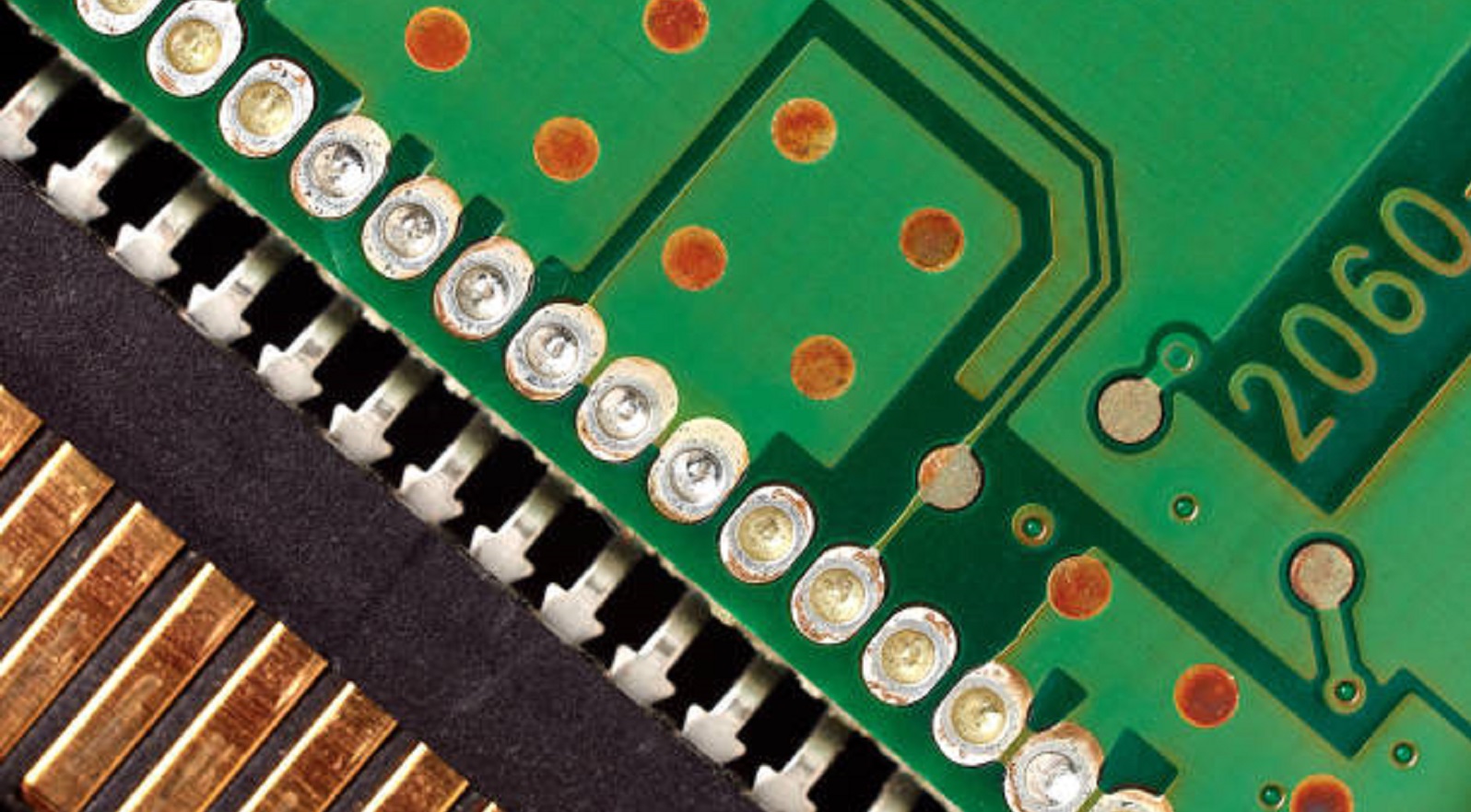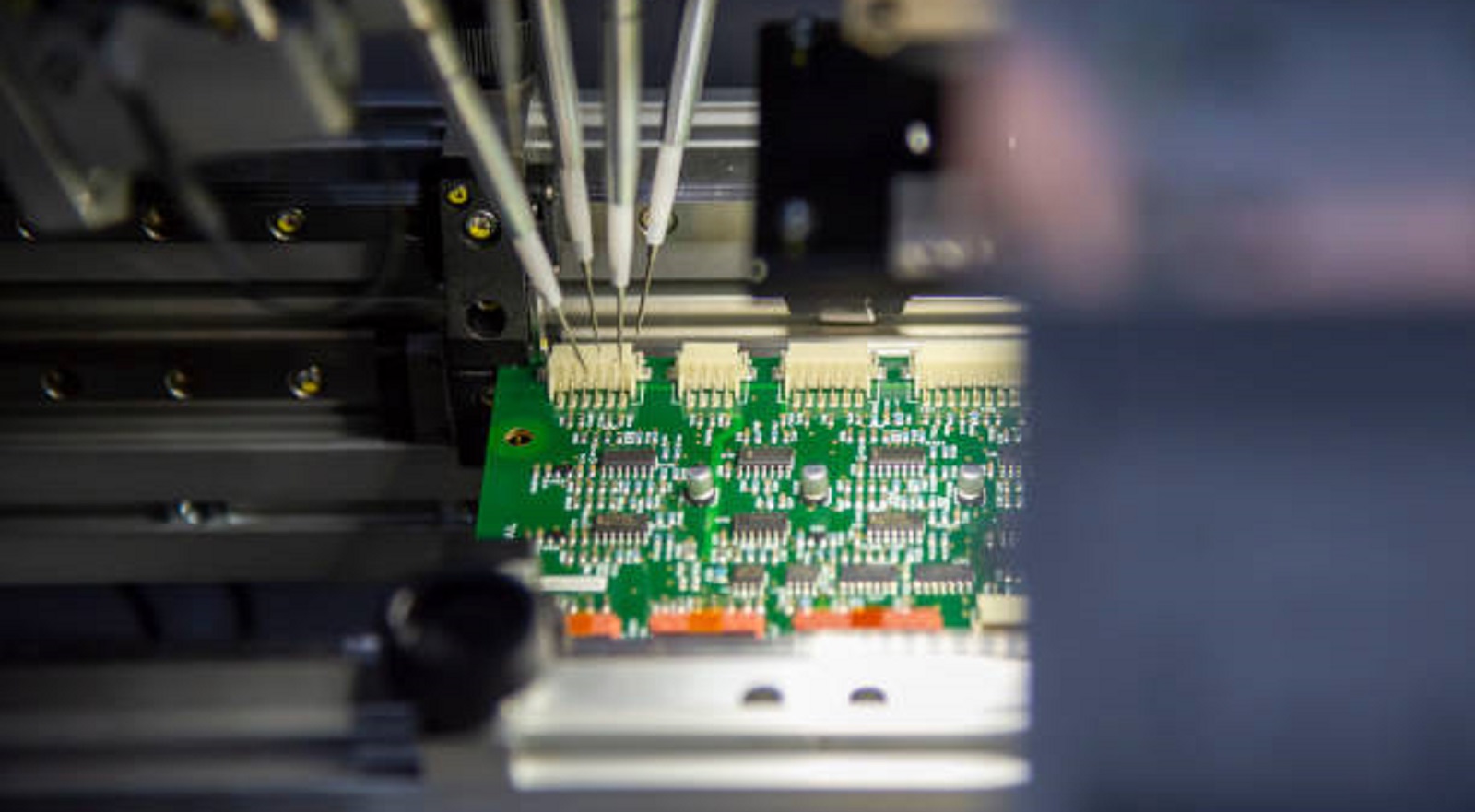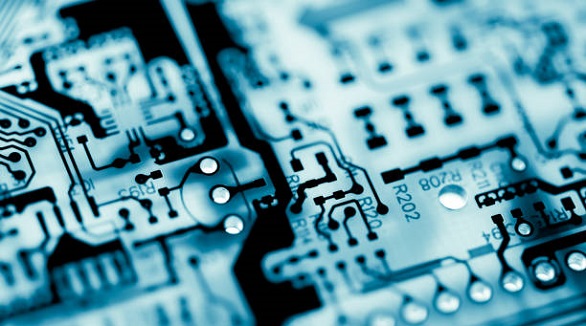Tolerances in Printed Circuit Boards
PCB tolerances ensure PCB reliability and performance by managing allowable variations in dimensions and materials, crucial for manufacturability and quality.
In today's world of electronics, Printed Circuit Boards (PCBs) are the backbone of functionality in countless products, ranging from mundane devices to sophisticated aerospace systems. Central to the production of PCBs is the principle of tolerances, which outlines acceptable margins of variation between dimensions and materials to allow each board to operate as desired. For the experts at PCBX, where precision and innovation converge, it is crucial to understand and manage these tolerances. This article explains the significance of PCB tolerances, their impact on manufacturing processes, and how to deal with them.
What Are PCB Tolerances?
PCB tolerances are acceptable ranges of variation in the physical and electrical characteristics of the board to facilitate manufacturability without sacrificing performance. They vary from dimensions, hole sizes, copper thickness to material properties, so that manufactured boards are within certain design specifications.
Dimensional Tolerances: These are the outside size of the board, i.e., length, width, and thickness. Precise dimensional tolerances allow PCBs to fit perfectly into devices and be compatible with other components.
Drill and Hole Tolerances: Precision in the position and size of vias, plated, and unplated holes is crucial for component placement and good electrical connections.
Copper Trace Tolerances: Maintaining the trace width and spacings of the copper traces over time is highly significant in maintaining the integrity of the signal and supporting the board electrical operation.
Material Tolerances: Selecting such materials as DuPont and Isola that have high-performance characteristics is important when there is a critical need to perform under adverse environmental and operation conditions.

The Importance of Tolerances
Understanding tolerances is important because they directly impact the reliability and performance of final electronic products. Ignoring them can lead to defects, inefficiencies, and potentially costly failures.
Consistency and Reliability: Stated tolerance compliance guarantees that PCBs will operate consistently to specifications, even across production batches and suppliers.
Mechanical Fit and Functionality: Proper dimensional tolerances allow mechanical parts to fit together smoothly, preventing issues during assembly or on final PCB integration into its target application.
Electrical Performance: Copper trace tolerances are critical in maintaining electrical performance. Inadequate tolerance settings cause signal integrity loss, increased resistance, and ultimately faulty equipment.
Influences on PCB Tolerances
Several factors affect the setting and maintenance of PCB tolerances:
Manufacturing Techniques: New techniques, such as laser drilling and precise etching, permit tighter tolerances by eliminating variability.
Complexity of Design: As requirements for smaller, more integrated devices rise, tighter tolerances become harder but more critical to maintain in multi-layer or high-density boards.
Environmental Conditions: Environmental conditions such as temperature, humidity, and others may influence the behavior of the material, so close attention to tolerances must be paid in order to prevent undesirable effects on performance.
Controlling Tolerances and Their Impact on Yield
The production yield of PCBs—the number of defect-free boards—is very tolerant-dependent. More tolerant will make it more reliable but will make it longer and more expensive to produce if not well controlled.
Tolerance Optimization Strategies
Optimization of tolerances in PCBs needs to be done by a strategy based on design, fabrication, and collaboration:
Design for Manufacturability (DFM): Apply DFM guidelines to design PCBs that meet tolerance requirements without unnecessary complexity, compromising performance, and manufacturability.
Collaborative Communication: Proactive communications with fabrication partners. Early tolerance expectation communication can preclude production problems.
Application of Advanced Tools: Apply cutting-edge design tools that enable precision tolerance modeling and simulation, with any issues resolved and addressed at the initial design phase.
Material Selection: Employ high-quality materials and adhere to tolerance specifications for stability and performance across various operating environments.
Common Challenges and Solutions
Mismanagement of PCB tolerances can cause significant problems in fabrication, assembly, and performance:
Fabrication Issues: Incorrect tolerances will lead to over or under-etching, causing defects in trace widths affecting the electrical paths. Trace widths need to be measured and controlled by the technicians to avoid such issues.
Performance Complications: Defective tolerances can impair electrical performance, such as degraded signal integrity or overheating. Proper trace sizing and controlled impedance are required to prevent such failures.
Assembly Problems: Too-tight or too-loose tolerances will affect solder joint reliability, causing mechanical stress or tombstoning in surface-mounted parts. Accurate trace and pad size is important to help ensure reliable assembly.
To offset such challenges, trace width routing practices should be implemented by manufacturers and their fabrication partners closely advised so as to realign tolerances in manners that optimally fit specific applications and designs.
Enhancing Production Yield with Tolerances
With good control of PCB tolerances, companies are capable of improving production yields. Methods like the utilization of optimal drilling processes, correct via sizing, and appropriate trace width and material application reduce defects, decrease production complexities, and minimize costs in the end.
Appropriate Drilling and Via Sizing: Appropriate hole and via sizes prevent mechanical and electrical issues, ensuring uniform production quality and reduced overall waste.
Cost-Optimized Trace Sizing: Selecting appropriate trace sizes based on current-carrying needs and routing considerations optimizes cost and performance along with minimizing undue process complexities.
Successful Tolerances Management Tips
For producers and designers keen on achieving optimal PCB fabrication and performance, the following are the tips for keeping the right tolerances:
Evaluating Fabricator Competencies: Partner with experienced fabrication firms that understand and are capable of providing your specific tolerance demands.
Adhere to Continuous Improvement: Periodically examine and fine-tune procedures and specifications in order to counteract developing technologies and marketplace needs.
Train and Educate Personnel: Ensure every member of your team, from design through manufacture, understands the importance and impact of PCB tolerances in order to establish an environment of accuracy and quality.

Overall, the expertise in PCB tolerances is essential in the risky environment of producing electronics. If a little forward planning, judicious teamwork, and watchfulness at all times are exercised, then manufacturers are able to produce high-quality, reliable PCBs to suit modern-day technology demands. At PCBX, our expertise in having our hands on managing such precise processes ensures we remain at the top of manufacturing cutting-edge quality PCBs to fit our clients' requirements.
Hot Tags:
Contact us

If you can't find what you're looking for, please contact us.
Article

Tab routing in PCB manufacturing boosts efficiency and quality, ideal for non-linear shapes, offering flexibility, support, and cost-effectiveness in production.

QFN components offer size and performance benefits but can cause shorts due to solder bridging, misalignment, and contamination. Prevention includes optimized PCB design, precise assembly, thorough inspection, and effective cleaning.

FR4 is a favored PCB material for its cost-effectiveness and versatility. However, its thickness tolerance impacts mechanical strength, thermal performance, and electrical efficiency, affecting overall PCB reliability and performance.
